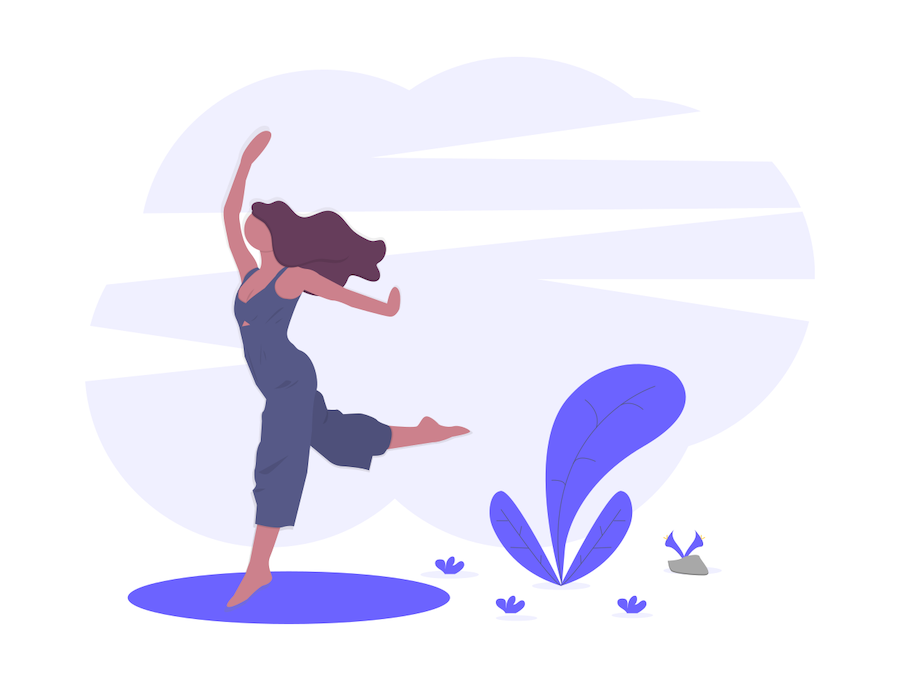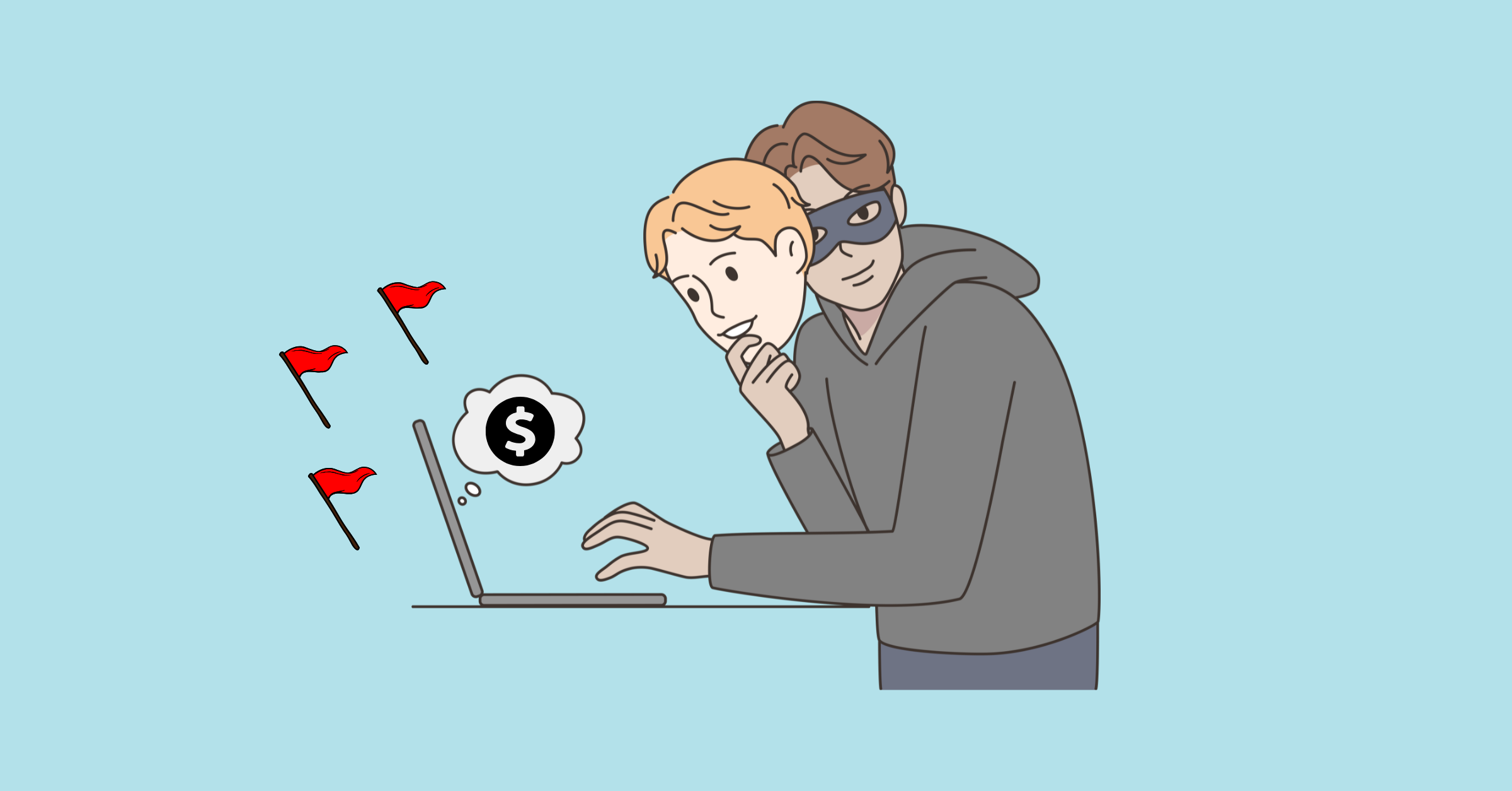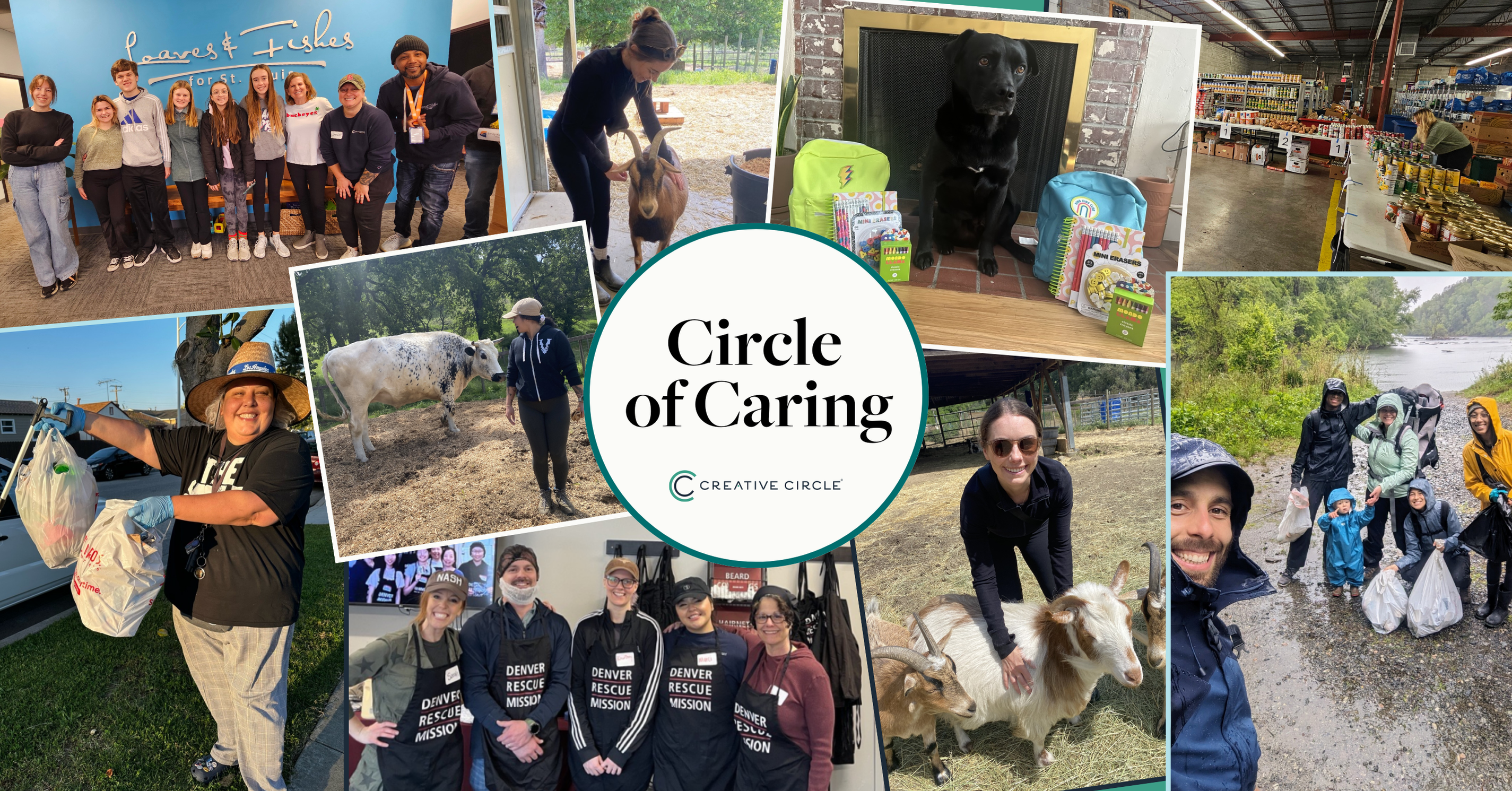Zoom experienced a meteoric rise during the pandemic for everything from socially distanced business meetings to online learning to social gatherings. It’s so pervasive that there are now commercials poking fun at bad video call etiquette. While working across time zones and distance is easier, too many presenters express a sense of dissatisfaction with the medium — and it often shows. Creatives can learn a few lessons from the dance community, which has successfully utilized the technology in unique ways.
Work With What You Have
Some facilitators spend time pointing out all of the things that they’re missing out on by presenting on Zoom or on other videoconferencing tools. It’s unskillful not just because it gives participants FOMO, but because it doesn’t embrace the medium that they do have and the — albeit different — advantages that it offers.
Interestingly, dancers, who typically rely on rehearsal space, group classes, and live audiences, quickly adapted to the “new normal.” Add to that their use of sweeping physical movement, rather than a static presentation, and the adjustment is notable. Katy Pyle, a dancer, choreographer, creator, and teacher of Ballez, which aims to have more queer representation in ballet, attributes part of this adaptation to a “need to dance, a need to be physical.”
Feeling a sense of hopelessness with the current state of affairs and facing personal setbacks after rejection from funding sources, Pyle started filming themself dancing alone in their apartment hallway. They share: “I liked the physical limitations of the hallway, of being in contact with three walls, sometimes at the same time. It was like a ThunderShirt, holding me.” Home was a safe container to release rage, sadness, grief, and even experience moments of joy and pleasure again. They posted the dances as #ExistentialDreadHallwayDance. Since the project didn’t involve collaboration or funding, they found it creatively liberating. (The videos were later commissioned for display at a hotel in Milwaukee.)
In My Grandmother’s Hands: Racialized Trauma and the Pathway to Mending Our Hearts and Bodies, somatic therapist Resmaa Menakem shares that all the talk therapy in the world won’t help people to metabolize trauma. He explains that it needs to be done through deliberate training and settling of the body and mind. Similarly, dance is both a “physical practice and a chemical release,” as Pyle adds. During a time of collective grief and sadness, then, it’s no wonder that presenters who include short breaks for mindfulness or movement during their video calls seem to connect better with their audiences.
Embrace New Audiences
Companies are being challenged with maintaining the clients and relationships that they have while cultivating new audiences. Some performing artists bemoan the loss of a live audience for their work, but others lift up the value of increased accessibility, whether financial, physical, or temporal. People with disabilities point out the opportunity for public assembly to be more expansive.
Big names in dance are releasing archival footage of performances for audiences to enjoy at home while theaters are dark. The pause in public gatherings also led to increased intimacy, with many performing artists sharing rehearsals and the creative process in ways that weren’t previously available to the public — except perhaps for a few major donors. These offerings are excellent ways to repurpose already existing content and to create new content in a cost-effective way.
Some of the archival footage is membership, donation, or fee-based, but other performances are being released for free. This shows an understanding that building a wider audience now for the long-term may mean that you don’t have to monetize everything, especially at a time when so many people are struggling financially.
Practicing and Celebrating Together
Pyle remarks that it’s grounding to take classes with other students. They quickly bought a barre to continue teaching students at the New School and company classes from home. They encouraged their 72-year-old mentor to host her classes online. Pyle also teaches outdoors in a basketball court. “It’s not a controlled environment,” they laugh.
Pyle intentionally builds community online by having “open barre” chats, encouraging people to set their screens to gallery view, or having introductions with personal pronouns and a probing question such as: “How are you experiencing pleasure in your dancing lately?” As dancers, they even use the formal bow, or révérence, to one another at the end of practice. Repetition and ritual help to build stability and deepen connection.
Other dance events and communities like Dance Church encourage participants to release pent up energy through movement with a shared community online. Feeding participants in a heartfelt way leans into collective healing.
Asking for Support by Personalizing
As practitioners of an “under-supported art form” Pyle believes that dancers are “fiercely independent and productive” — a skill set that is an advantage when there are so many things in flux. With arts funding taking such a deep hit, many companies are personalizing the focus of their fundraising efforts or sharing videos of performers practicing at home in small spaces. Orchestras might be rehearsing with masks, but dancers created this extraordinary Swan Lake Bath Ballet.
Get Comfortable with the Unknown
Pyle describes movement in a tactile and sensual way. They explore how the elbow connects to the wrist, how the air feels, how the temperature in the room is. They marvel at the sublime: “There’s a space where you don’t understand. Not knowing our physical experience in the way that we know our mental experience. There’s mystery.”
About the author.
Jess Powers writes about marketing, food, and wellness. She has experience in nonprofit communications and emergency management. Follow her @foodandfury.




